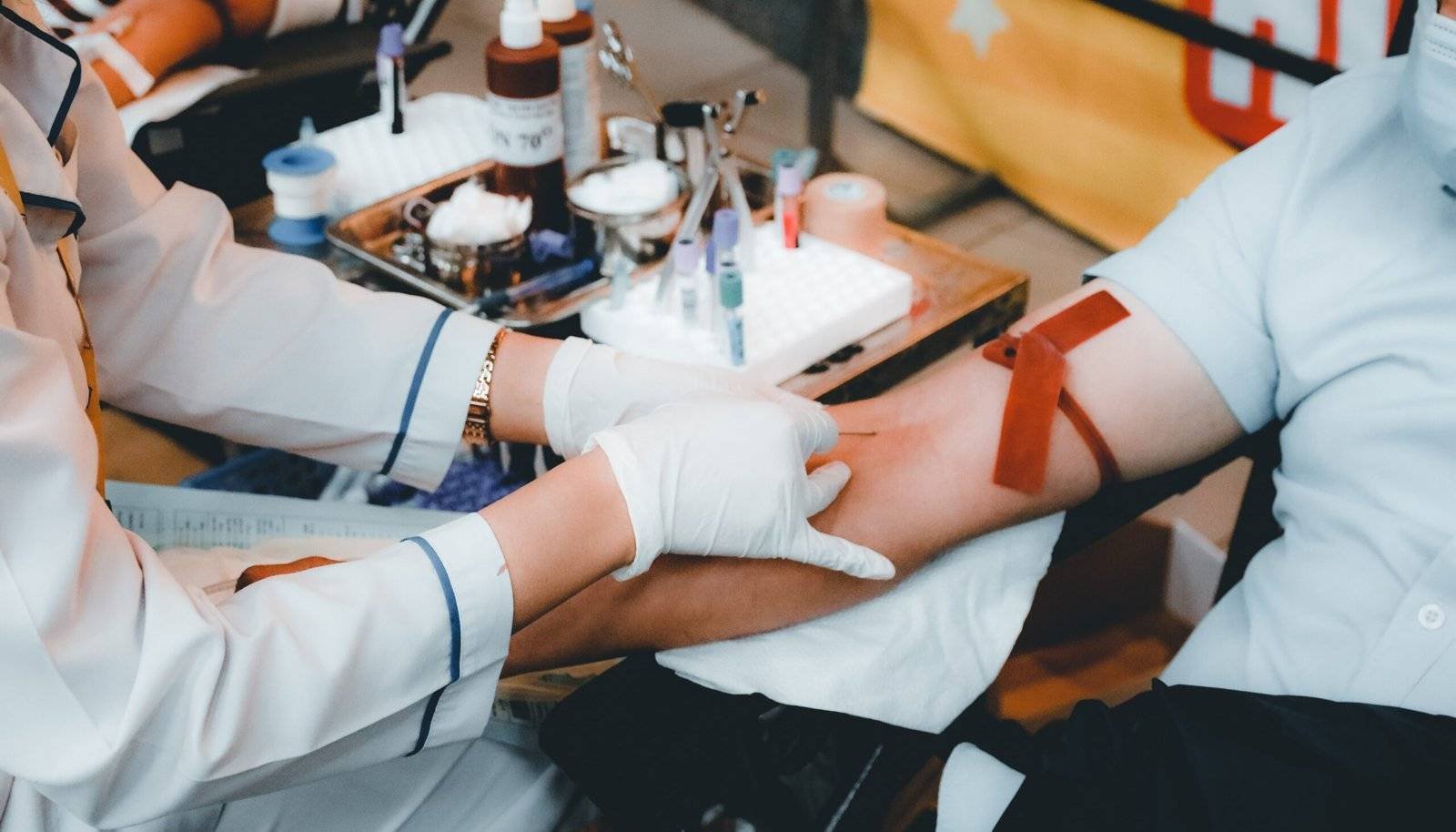Blood donation is a vital component of healthcare services worldwide. Every year, millions of lives are saved through the generous contributions of blood donors. However, the safety and effectiveness of blood transfusions rely heavily on the meticulous process of blood donor selection. Blood banks play a crucial role in ensuring that only suitable donors are accepted. In this blog, we will explore the importance of blood donor selection and the criteria used to determine the eligibility of potential donors

DONOR SELECTION
Pre-donation counselling by trained staff should be made available maintaining privacy and confidentiality. Pre-donation information should include:
- Modes of transmission leading to risk behavior and self exclusion for patient’s safety.
- Alternative testing site
- Tests carried out on donated blood
- Confidentiality of test results
- Need for honest answers in view of window period
CRITERIA FOR SELECTION OF BLOOD DONORS:
Following guidelines should be observed in order to determine that the blood donation will not be detrimental to the donors/recipients.
Physical Examination
A medical officer should certify the donor fit for blood donation.
General Appearance
The prospective donor should appear to be in good health.
Age
Donors should be between the age of 18 and 65 years.
Hemoglobin or packed Cell Volume (Hematocrit):
The hemoglobin should be not less than 12.0 gm/dl or the packed cell volume (haematocrit) should be not less than 36%.
Weight
Blood collection from donors weighing 45-55 Kg should be 350 ml blood and from those weighing 55 Kg and above should be 450 ml.
Blood Pressure
The systolic blood pressure should be between 100 and 160 mm of mercury and the diastolic pressure should be between 60-90 mm of mercury.
Temperature
Temperature should not exceed 37.50C/ 99.5oF
Pulse
Pulse should be between 60 to 100 beats per minute and regular
MEDICAL HISTORY
Conditions that affect safety of donors:
Before each donation questions should be asked to determine that the donor is in normal health and has not suffered or is not suffering from any serious illness e.g. malignant disease, epilepsy, bronchial asthma, diabetes, excessive menstrual bleeding, cardio-vascular conditions, renal disease, allergic diseases, abnormal bleeding tendency.
Pregnancy:
Prospective donor should not be accepted during period of pregnancy and till 12 months after full term delivery and also during lactation. Donors who have abortions should be deferred till 6 months after 2nd and 3rd trimester abortion.
Surgical Procedures
Donors should be accepted one year after the recovery from major operations and six months after recovery from minor operations including acupuncture, tattooing and scarification
DONATION INTERVAL
The interval between two blood donations should be at least 12 weeks
Reference
- “Hoffbrand’s Essential Haematology” by A. Victor Hoffbrand, Paul A.H. Moss, and John E. Pettit: This is a comprehensive and highly regarded textbook that covers the fundamental principles of hematology.
- “Williams Hematology” by Kenneth Kaushansky, Marshall A. Lichtman, Josef T. Prchal, Marcel M. Levi, Oliver W. Press, and Linda J. Burns: This is a renowned textbook that provides in-depth coverage of both clinical and basic aspects of hematology.
- “Wintrobe’s Clinical Hematology” by John P. Greer, Daniel A. Arber, Bertil E. Glader, Alan F. List, Robert T. Means Jr., Frixos Paraskevas, George M. Rodgers, and Michael H. Schmitt: This classic text has been a staple in the field of hematology for many years and offers comprehensive information on various hematological disorders.
- “Hematology: Basic Principles and Practice” by Ronald Hoffman, Edward J. Benz Jr., Leslie E. Silberstein, Helen Heslop, John Anastasi, and Jeffrey Weitz: This textbook provides a detailed overview of the principles and practice of hematology, including the latest advancements in the field.
- “Clinical Hematology and Fundamentals of Hemostasis” by Denise M. Harmening: This book is a good choice for those looking for a comprehensive guide to both clinical hematology and hemostasis.
- “Rodak’s Hematology: Clinical Principles and Applications” by Elaine M. Keohane, Larry Smith, and Jeanine M. Walenga: This text focuses on the clinical application of hematology concepts and includes practical information for laboratory professionals.
- “Hematology in Clinical Practice” by Robert S. Hillman, Kenneth A. Ault, and Henry M. Rinder: This book is designed for healthcare professionals and provides a practical approach to hematology in a clinical setting.
- “Consultative Hematology: An Issue of Hematology/Oncology Clinics of North America” edited by Mikkael A. Sekeres and Christopher R. Cogle: This book focuses on the consultative aspects of hematology and is a valuable resource for clinicians.
- Standards For Blood Banks & Blood Transfusion Services